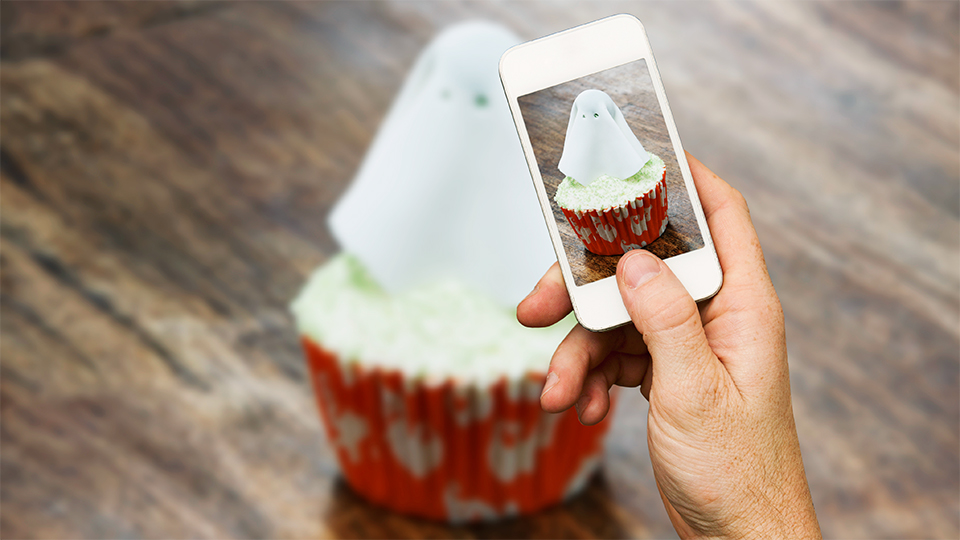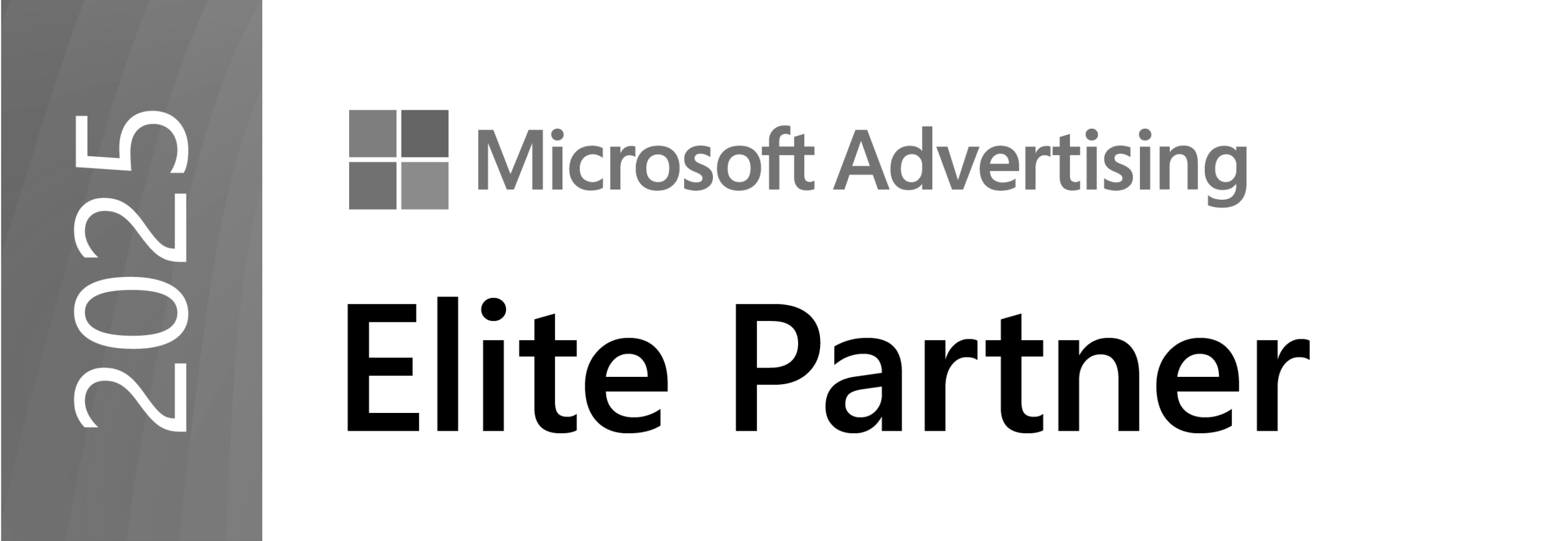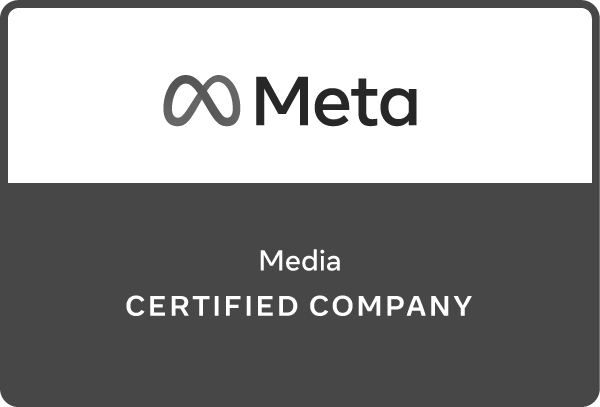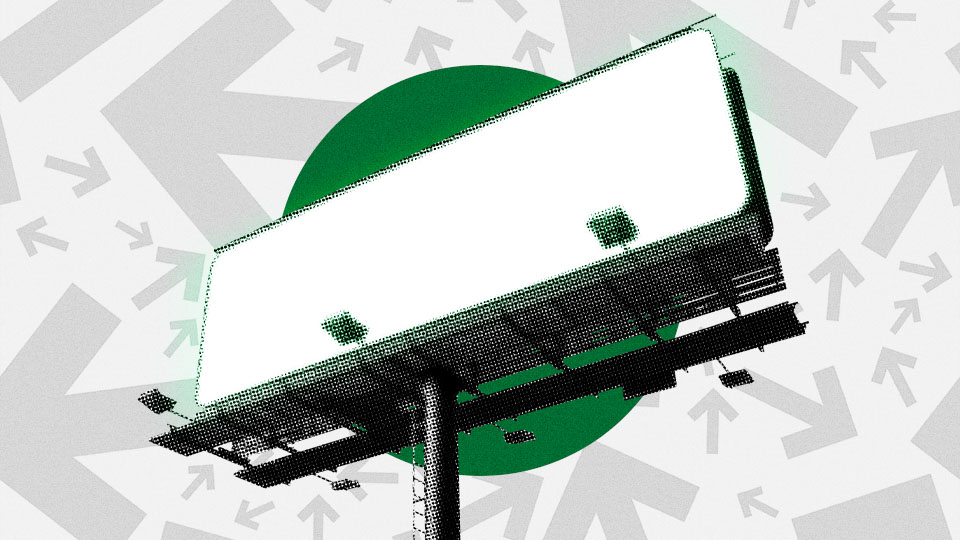
The out of home (OOH) industry is reaching a pivotal moment that will determine how we — agencies, media partners and brands — advance the channel together. Measurement is dominating the conversation, with growing pressure to prove OOH’s impact on business outcomes to secure a larger share of the omnichannel mix.
According to the Out of Home Advertising Association of America (OAAA), OOH advertising revenue reached 9.1 billion in 2024, a 4.5% increase from 2023. To no surprise, digital out of home (DOOH) accounted for 34% of the total ad spend, an increase nearing 8% YoY. Despite this continued growth, OOH is still only receiving a fraction of the overall media budget. While the channel is celebrated for its success in brand awareness, it’s rarely the foundation of the strategy due to its reputation for lack of attributable results. If we want to change that perception and push the channel forward, we need to unite in tackling OOH’s big-picture issues while simultaneously showcasing what advancements have been made to garner a larger piece of the pie.
Propelling OOH media investment forward
Brands that are using OOH recognize its value in the media mix but are still facing pressure from leadership to justify the channel. To move the needle on media investment in the channel, we as an industry need to tackle some of our biggest hurdles:
- Measurement: Capabilities are inconsistent across OOH buying models and formats.
- Complexity: In general, OOH is just…confusing. There is a lack of standardization in the data that partners receive and the various tools utilized.
- Lead time: While digital out of home (DOOH) and automated buying have been a great jumping-off point to optimize turnaround times for planning and posting, the overall perception of how long it takes to plan and activate is stopping OOH from keeping up with the turnkey nature of other channels.
OOH’s untapped potential
Even with its challenges, there is a ton that OOH does right, or even better, than other channels:
- Creatively, the canvas is unmatched. The most recent OBIE winners showcased this perfectly, highlighting some of the year’s most innovative executions. From Kraft’s rain-activated wallscape in Seattle to Charli XCX’s viral Brat wall engaging over 550,000 people during a livestream event, OOH sets the standard in creative thinking.
- Out of home can make consumers feel something IRL. It is genuine and relatable, physically grounding you in a way that a screen can’t. It is one of the truest forms of unskippable content.

Minnesota State Lottery OOH ad, designed and developed by Betty and Rise
- OOH offers unmatched contextual and geographical relevance. The ability to meet consumers where they are in their day physically and in a contextual way offers an authenticity and relevance that few channels can rival. OAAA findings show that 75% have engaged with their phone after seeing an OOH ad, almost 50% searched for more information, and over 40% made an online purchase.
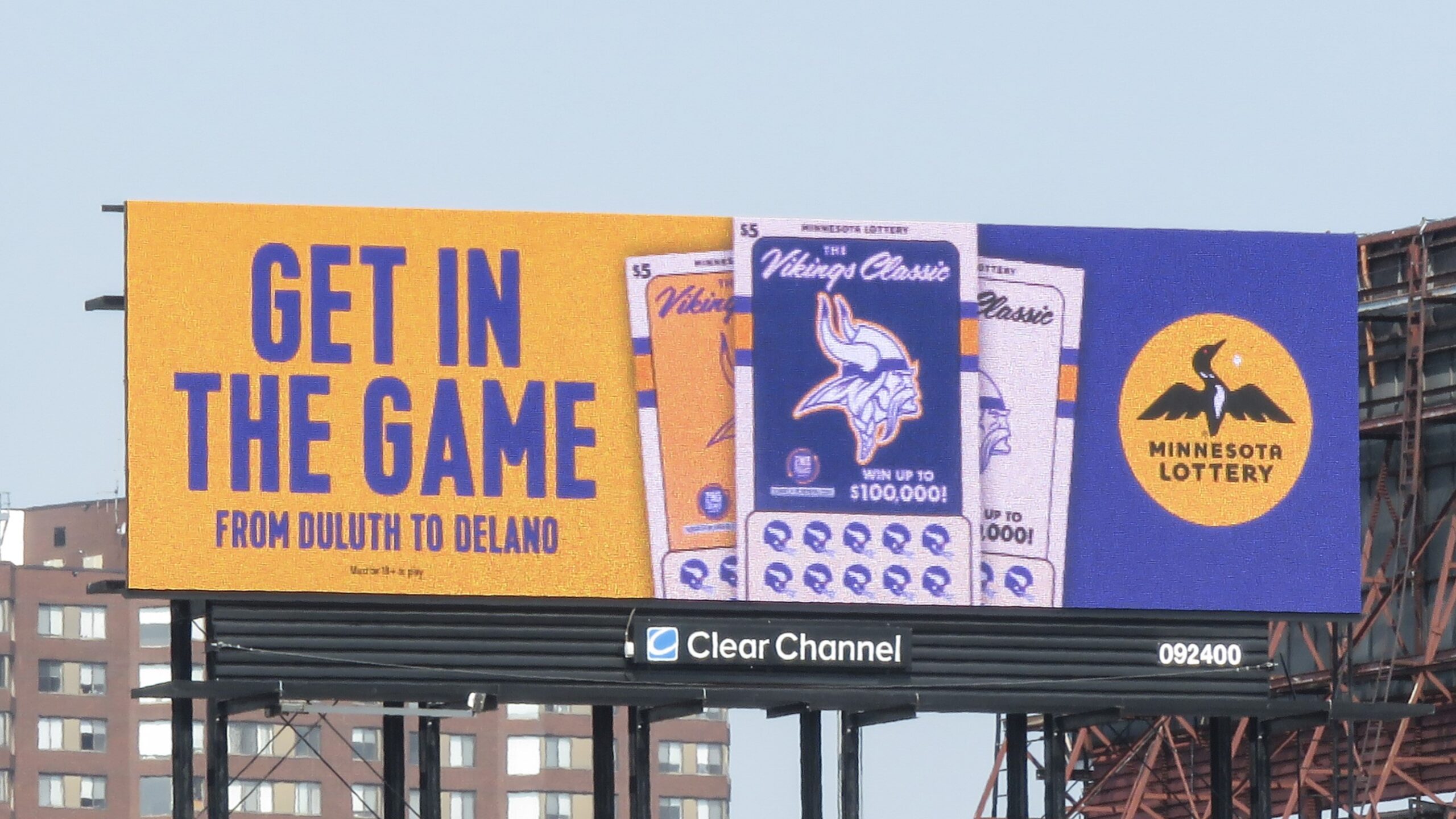
Minnesota State Lottery OOH ad, designed and developed by Betty and Rise
- OOH data is making measurement more meaningful and actionable. A combination of mobile devices and geolocation data improvements have made measuring OOH campaigns much more accessible. From brand-lift studies to conversion tracking to social media interactions, third-party partners have considerably advanced the ability to buy the right audiences and tie the channel to successful campaign results.
Looking forward
The OOH industry is on the cusp of big change. And with the prospect of the industry uniting around more standardized measurement capabilities — paired with the upper hand in creativity — the channel is ready to push past perceptions regarding its supposed shortcomings. More and more marketers will stop thinking of OOH as a brand-awareness tactic with long lead times and instead leverage its ability to bring real, attributable results to their brands.



